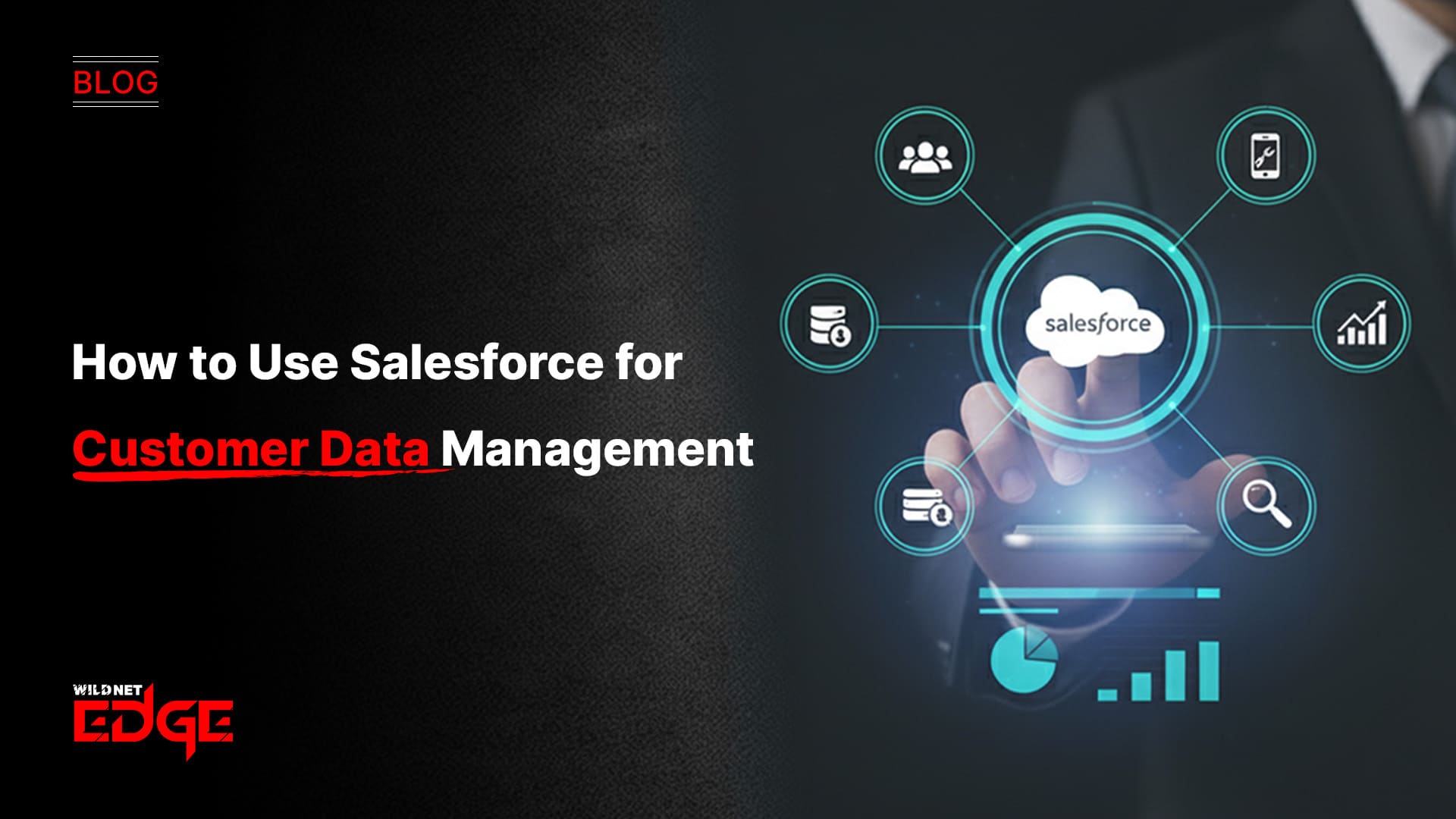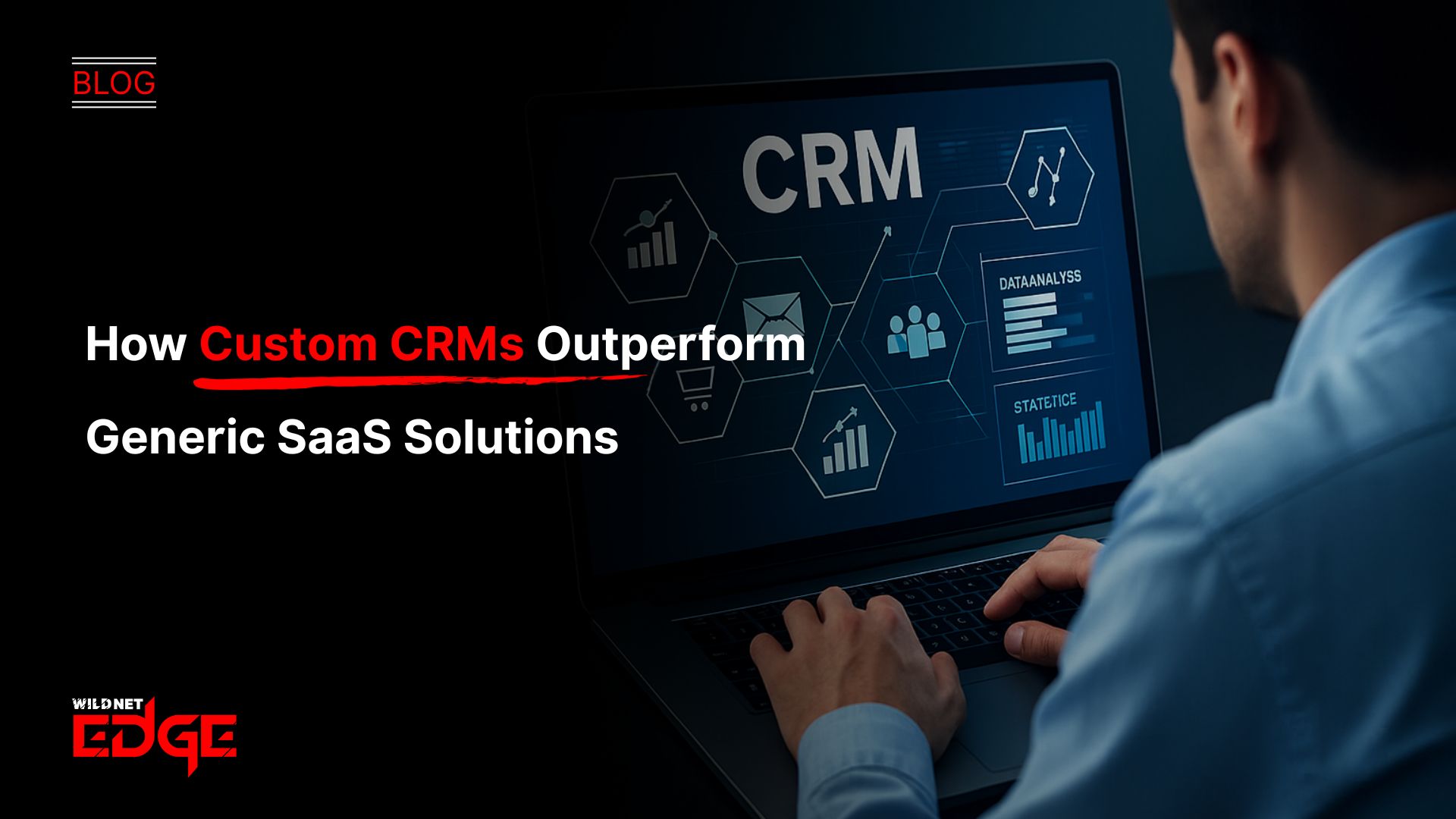The rapid growth of AI technologies in enterprises has significantly changed the landscape of business operations. Companies are increasingly leveraging AI copilots for enterprise as essential tools to streamline processes, enhance productivity, and foster innovation. However, amidst this technological revolution, key questions arise about budgeting and the return on investment (ROI) on AI copilots. As organizations gear up for the implementation of AI-driven solutions, understanding the cost components and factors influencing pricing becomes paramount. This article delves into the various elements that influence the cost of AI copilots for enterprises in 2025, especially concerning compliance, governance, and more.
Importance of AI Copilots for Enterprise Compliance
Compliance Necessities with AI Copilots for Enterprise
In the context of AI, compliance refers to adhering to regulatory standards and best practices while deploying AI technologies. Organizations must ensure the ethical use of AI, comply with data protection laws like GDPR, and follow industry-specific regulations. With the introduction of AI copilots for enterprise, these compliance requirements become integral to enhancing trust and mitigating risks.
When employing AI copilots, organizations need to consider several compliance necessities:
- Data Privacy: Safeguarding personal and sensitive data is crucial. Companies must implement measures to prevent unauthorized access and breaches.
- Bias Mitigation: AI systems must be developed to minimize biases, ensuring fair and equitable treatment for all stakeholders.
- Transparency: Clear documentation of AI decision-making processes is necessary for accountability.
- Continuous Monitoring: Companies must constantly review AI outputs to ensure they align with legal and ethical standards.
By prioritizing compliance, organizations can enhance their reputations and foster trust among customers and stakeholders.
Impacts on Cost Related to AI Copilots for Enterprise Compliance
Compliance often influences the pricing models of AI copilots for enterprises. The complexity of adhering to various regulations incurs costs that must be factored into budgeting. Organizations may need to invest in additional resources, such as compliance management tools and specialized personnel, leading to an increase in overall expenditures.
For instance, consider a healthcare provider implementing an AI copilot to predict patient outcomes. If this AI system processes personal health data, it must comply with HIPAA regulations. The costs associated with ensuring compliance can include:
- Legal Fees: Hiring legal consultants to navigate licensing and compliance requirements can be substantial.
- Training Expenses: Staff will require training on compliance standards, increasing operational costs.
- Auditing Costs: Routine audits are necessary to ensure ongoing compliance, which can be resource-intensive.
Examples of companies facing significant compliance costs include major banks and fintech firms that heavily invest in compliance frameworks to manage risks associated with AI-driven technologies. These investments are essential but unavoidable, significantly impacting the budget allocated for AI copilots.
Governance Challenges for AI Copilots for Enterprise
Understanding Governance and AI Copilots for Enterprise
Governance regarding AI technology encompasses the policies, frameworks, and oversight mechanisms that guide AI usage. Effective governance ensures that AI systems operate within established legal, ethical, and operational boundaries. Governance plays a crucial role in outlining the roles and responsibilities of stakeholders involved in AI implementation.
- Accountability: Identifies who is responsible for AI-driven decisions and outcomes.
- Risk Management: Establishes protocols to identify and mitigate risks associated with AI systems.
- Performance Monitoring: Ensures consistent evaluation of AI system performance against established guidelines.
Organizations need to understand and implement robust governance frameworks to maximize the benefits of AI copilots for enterprise while minimizing risks.
Cost Implications of Governance in AI Copilots for Enterprise
Implementing governance frameworks often comes with a price tag. The costs can result from several areas, including the establishment of governance committees, training programs, and monitoring systems. These investments are necessary to create an environment where AI technologies can flourish.
For instance, a fictional software development company rolling out an AI copilot to enhance project delivery may encounter specific governance costs, such as:
- Formation of an AI Governance Committee: This might involve appointing dedicated personnel to supervise AI usage and ensure compliance with governance frameworks.
- Training and Development: Teams must be trained to navigate governance policies, which could involve workshops and prolonged training sessions.
- Monitoring and Auditing Tools: Implementing technology to consistently monitor compliance with governance standards requires an upfront investment.
A notable case study demonstrating governance costs is that of a large telecommunications firm that encountered significant expenses when developing its internal AI governance framework. These expenses included hiring external consultants and investing in software tools, ultimately affecting the cost of deploying their AI copilot effectively.
Pricing Models for AI Copilots for Enterprise Software Development Company
Pricing Structures in AI Copilots for Enterprise Software
Understanding the various pricing models available is crucial for organizations planning to implement AI copilots for enterprise. AI copilots can typically be acquired through multiple pricing structures, including:
- Subscription-Based Pricing: Businesses pay a recurring fee for access to AI copilot services, which can be monthly or annual. This model is favorable for firms that prefer predictable budgeting.
- Usage-Based Pricing: Companies are charged based on their usage of AI services, making this model advantageous for firms that may experience fluctuations in demand.
- One-Time Licensing Fees: A single upfront payment grants lifetime access to the software. This is ideal for businesses looking to minimize ongoing costs but may involve a higher initial investment.
Each pricing model carries its own implications for budgeting and operational flexibility. Understanding the nuances of these pricing structures ensures that organizations can make informed financial decisions.
Choosing the Right Model for AI Copilots for Enterprise Software Development
Selecting the most cost-effective pricing model requires careful consideration of an organization’s specific needs and budgetary constraints. Here are some strategies to make an informed decision:
- Analyze Usage Patterns: Assess past usage levels and predict future usage to select a suitable pricing model. Companies that foresee growing demand might lean towards subscription models to ensure scalability.
- Evaluate Financial Impact: Perform a cost-benefit analysis of different pricing structures to align with budget constraints and assess potential ROI.
- Seek Flexibility: Consider options that allow switching models, enabling adjustments as a company’s needs evolve.
A real-world example can be drawn from a startup that utilized a pay-as-you-go model while developing its product, allowing it to scale costs with its user base. As their user counts grew, it transitioned to a subscription model, optimizing costs while maintaining access to essential features.
Cost Variations in AI Copilots for Enterprise Mobile App Development Company
Key Cost Drivers for AI Copilots in Mobile Apps
The costs associated with developing mobile applications using AI copilots can vary significantly. Several key factors drive these costs:
- Complexity of the Application: More complex applications that involve advanced AI functionalities will demand higher development costs.
- Integration Requirements: Integrating AI copilots into existing systems can incur additional costs, particularly if legacy systems are involved.
- Development Time: The time required to build and test the application directly impacts labor costs. Shorter timelines often mean higher costs due to urgent resource allocation.
AI copilot features can dramatically enhance mobile applications by providing intelligent insights, recommendations, and user-driven personalization. Companies in highly competitive sectors must weigh these costs against the benefits of improved customer experience and engagement.
Case Studies in AI Copilots for Enterprise Mobile Apps
The deployment of AI copilots in enterprise mobile apps illustrates diverse cost implications. For example, a major retail chain developed a mobile app incorporating an AI copilot to analyze customer preferences and behaviors. Their investment in the AI system involved significant initial costs for development and integration, but the long-term benefits included increased sales and improved customer retention.
Another case study involves a logistics company that implemented an AI copilot within its mobile app to optimize delivery routes in real-time. Their initial costs were high due to the complexity of the AI functionalities required. However, they experienced substantial cost savings over time by reducing fuel usage and improving delivery times.
These examples highlight how investing in AI technology can provide significant returns despite the initial financial outlay, emphasizing the need for thorough market analysis before implementation.
Future Trends Influencing AI Copilots for Enterprise Pricing
Evolution of AI Copilots for Enterprise and Costs
As AI technology continues to evolve, so do the pricing models associated with AI copilots for enterprise. Developments, such as advancements in machine learning algorithms, automation capabilities, and integration with other technologies, can reshape the cost landscape significantly in 2025.
Moreover, the growing accessibility of AI tools is leading to increased competition among providers, resulting in more competitive pricing structures. As small and medium-sized enterprises (SMEs) adopt AI copilots, the market is likely to see new players emerge, further influencing pricing dynamics.
Predictions for AI Copilots for Enterprise Pricing in 2025
Experts predict that pricing for AI copilots for enterprise will shift towards more personalized models. With the advancement of data analytics, companies will benefit from tailored pricing structures based on specific needs and usage patterns.
Building on current trends, AI services may transition towards:
- Dynamic Pricing Models: Based on usage patterns, organizations may anticipate customized pricing reflecting real-time demand for AI services.
- Freemium Models: As accessibility increases, more providers might offer basic services at no cost, charging for advanced features, thereby enabling budget-conscious enterprises to experiment with AI technologies.
In summary, continued innovation and growing competition will likely lead to more adaptable pricing structures, allowing enterprises to leverage AI copilots effectively while managing costs.
Conclusion
In conclusion, the cost of implementing AI copilots for enterprises will be shaped by several factors, including compliance necessities, governance challenges, and pricing models used by software development and mobile app development companies. As organizations navigate these complexities, understanding the key influences on pricing will be crucial in maximizing ROI.
At Wildnet Edge, we recognize the importance of navigating this landscape for successful AI implementation. As a trusted AI-first company and authority, we encourage enterprises to explore how AI copilots can transform their operations and drive innovation. By investing time in research and understanding the inherent costs, organizations can make informed decisions that align with their business goals and future needs.
FAQs
AI copilots for enterprise are AI-driven tools that assist in business processes, enhancing productivity and efficiency.
Compliance requirements often increase the complexity and costs associated with implementing AI copilots for enterprise, requiring additional resources to ensure adherence.
Governance involves policies and procedures to ensure AI technologies operate within legal and ethical boundaries, impacting overall costs related to governance frameworks and compliance.
Pricing models for AI copilots can differ based on features, service levels, and the developer’s expertise, offering a range of options for organizations to consider.
The cost of AI copilots in mobile app development can vary significantly based on the complexity of the application and the integration requirements, necessitating thorough financial analysis before implementation.

Nitin Agarwal is a veteran in custom software development. He is fascinated by how software can turn ideas into real-world solutions. With extensive experience designing scalable and efficient systems, he focuses on creating software that delivers tangible results. Nitin enjoys exploring emerging technologies, taking on challenging projects, and mentoring teams to bring ideas to life. He believes that good software is not just about code; it’s about understanding problems and creating value for users. For him, great software combines thoughtful design, clever engineering, and a clear understanding of the problems it’s meant to solve.
 sales@wildnetedge.com
sales@wildnetedge.com +1 (212) 901 8616
+1 (212) 901 8616 +1 (437) 225-7733
+1 (437) 225-7733































